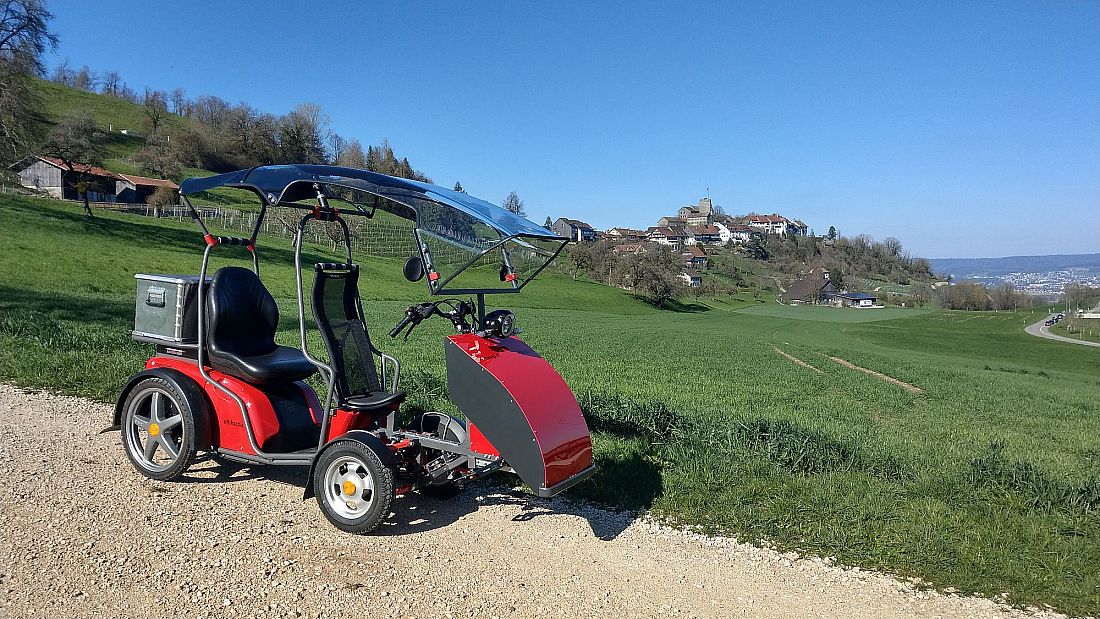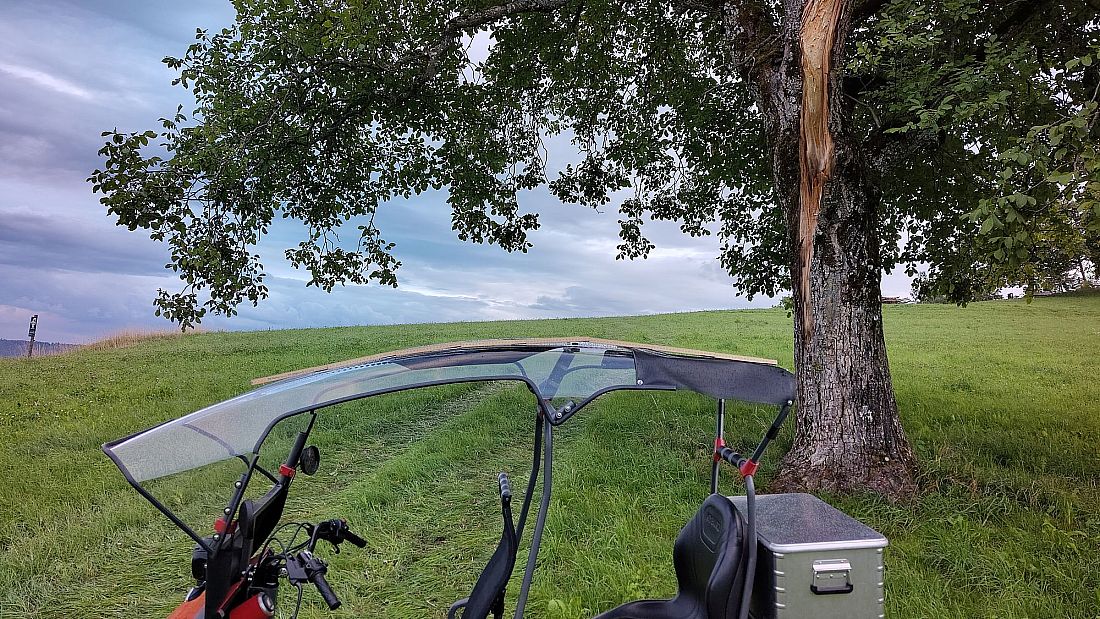
English Edition
Dear readers
Each Monday this page will be updated with news and interesting things from the KYBURZ world.
Do you want to have a look at previously published articles?
Click here for the archiveThe editorial team
The 2ndLife team has moved into the original KYBURZ workshop in Freienstein.
A series presents the various vehicle types from KYBURZ, starting with the DXP.
KYBURZ not only supports a team in Formula Student, but also provides vehicles to the organisers.Three teams from the CE Challenge present their projects.
Do you have any suggestions or ideas for an article?
Send us your suggestions here:
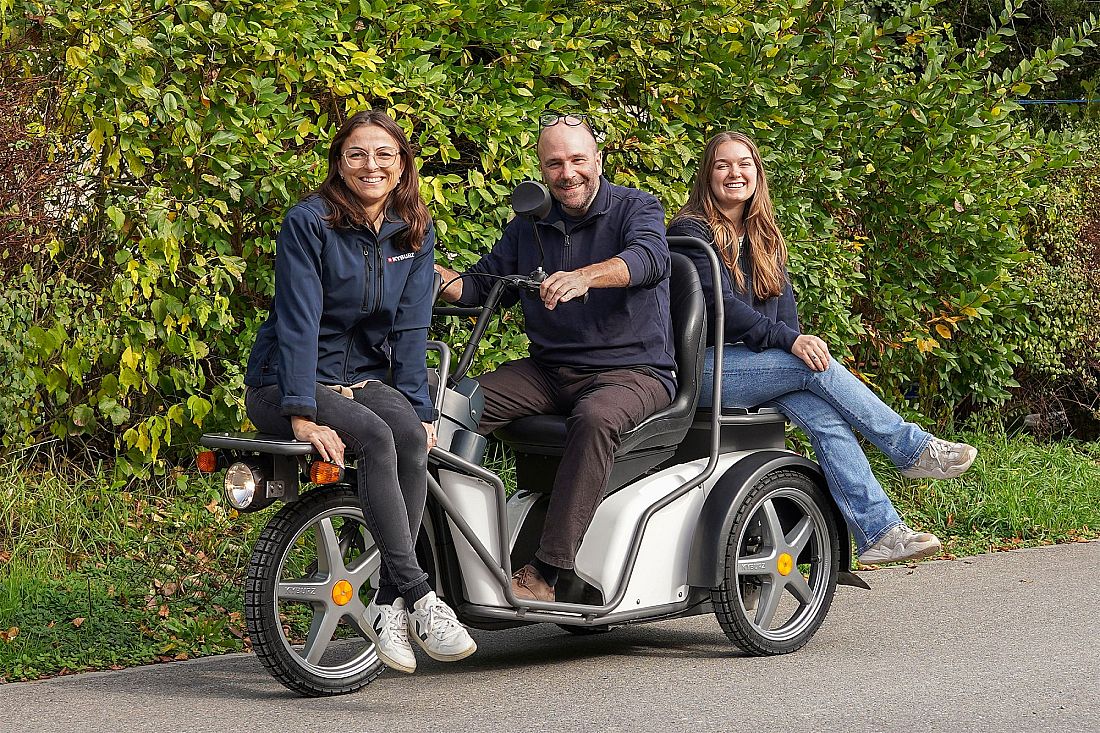
Photo of the week: The sky is on fire
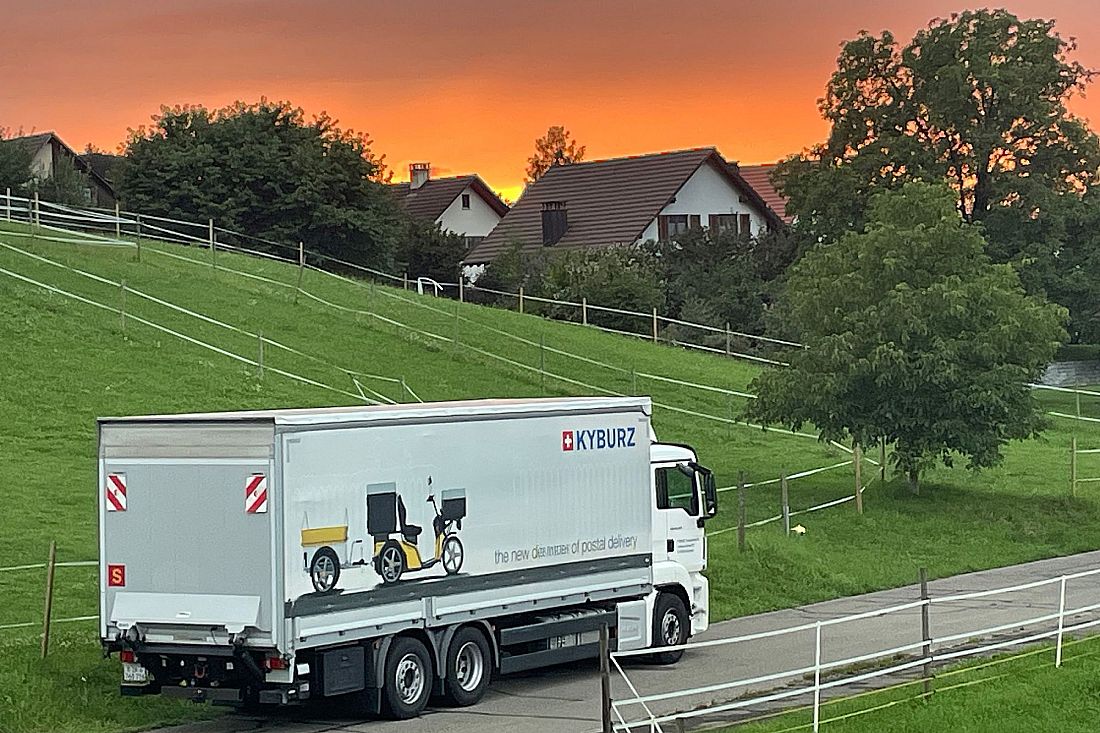
The sky is ablaze above the KYBURZ truck. KYBURZ driver Toni Metzler had finished work for the day and parked the truck in front of the building so he could set off early the next morning. That's how atmospheric images are created!
KYBURZ vehicles: The DXP
In an irregular series, we present the vehicle types from KYBURZ in our in-house magazine. What are their strengths? What sets them apart?
The DXP is the most commonly built vehicle type at KYBURZ. Exactly 16,172 vehicles of this type have been built since 2009. In Switzerland and Australia, it is the postman's vehicle par excellence. The ‘P’ in the name stands for ‘post’. This type is supplied to national and private postal and delivery companies.
One of the DXP's strengths is its agility. The most common version, 5.0, is 2.22 metres long and only needs 4.0 metres to turn between two walls. Thanks to its width of just 80 cm, the DXP 5.0 can manoeuvre between many obstacles.
The slogan ‘The new definition of postal delivery’ is not an empty promise. The DXP has changed delivery. Its three-wheel design eliminates the need for a stand. The DXP is much more efficient than a two-wheeler in delivery. The DXP also sets new standards in terms of payload: 120 kg (plus the driver) could not be transported on previous two-wheelers.
The DXP was one of the first series-production electric vehicles for the last mile. Stop-and-go operation is extremely demanding for vehicles. The asynchronous motor with fixed transmission and the long-life lithium iron phosphate batteries cope with these stresses exceptionally well. This is not just an empty claim! Of the more than 16,000 units produced over the last 15 years, at least 12,000 are still in service. Approximately 1,600 have been refurbished as 2ndLife vehicles.
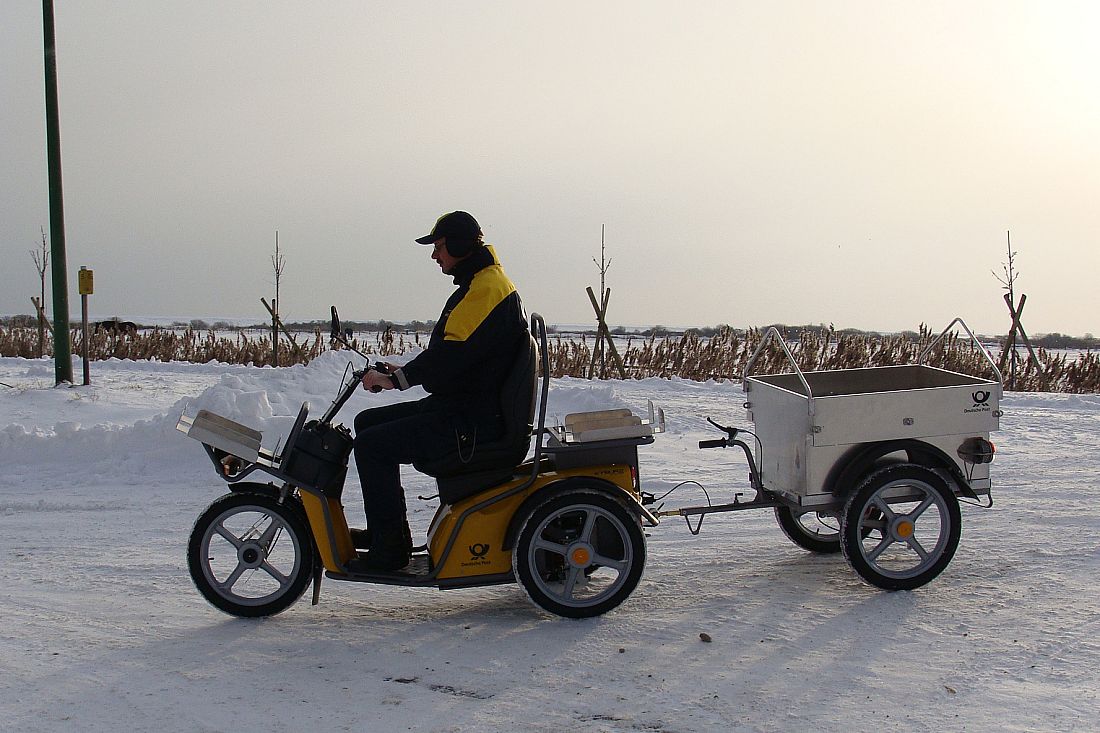


New momentum in an old location: 2ndLife team moves to Solarweg
The 2ndLife department has a new home – and is returning to a historic location: Solarweg in 8427 Freienstein, where KYBURZ developed and produced its first vehicles 29 years ago. There is a palpable energy in the air in the familiar halls – perhaps a little of the pioneering spirit of yesteryear.
At the rear of the building, used vehicles are carefully dismantled and the individual parts sorted. In the bright front area, refurbished components are used to build new 2ndLife vehicles – sustainably and with a great deal of expertise.
Fabian Rohner and Nishi Yogeswaran have used the move to review processes, rethink concepts and put many things on a new footing.
The division continues to evolve: not only are wear and tear parts now disposed of professionally, but five vehicles are also produced every week – a small but impressive series production with great potential for the future.
Not everything is perfect yet, but the team is working hard to make the most of the new location. Fabian sums it up perfectly:
‘Today, we are living the lean philosophy more strongly than ever.’
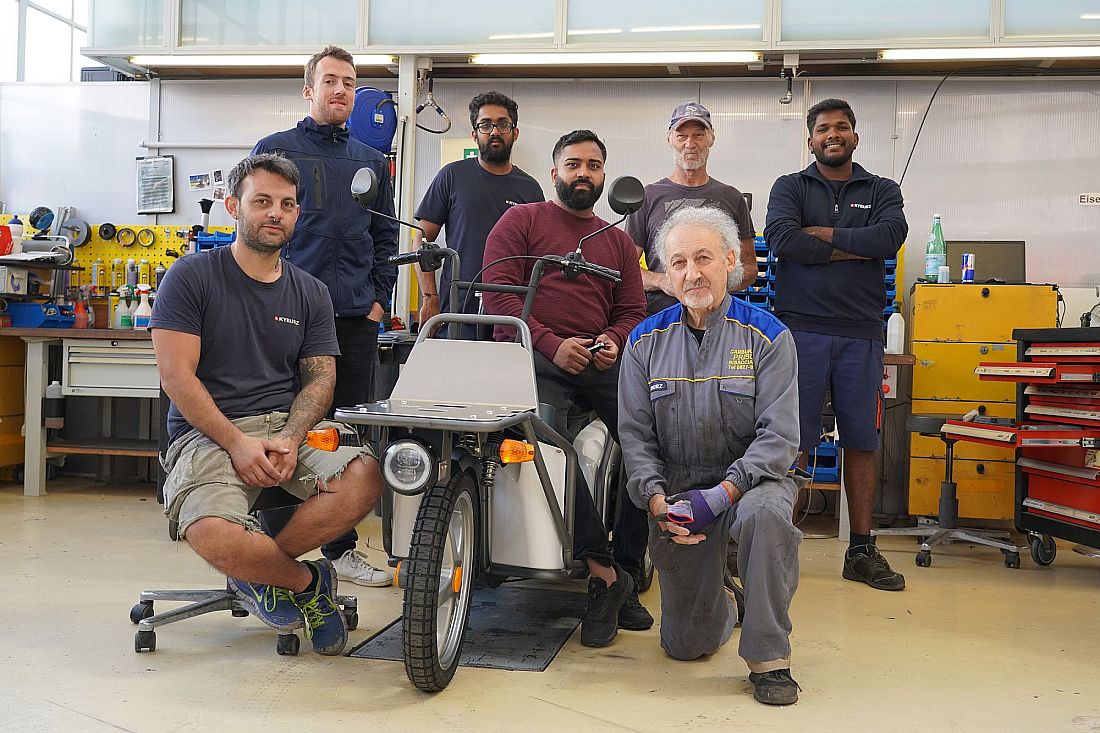

Still travelling together in PLUS II
Irma and Markus Mundwiler are a couple who want to experience new things. To do so, they need to be mobile. However, Markus Mundwiler had to give up his driving licence due to an eye condition and Irma Mundwiler never took her driving test, so a car is not an option for getting around.
To ensure their mobility, they have purchased two KYBURZ PLUS II vehicles. This allows them to run errands separately or go out together. From their home in Uetendorf near Thun, they will be able to travel to large parts of the Bernese Oberland, the Emmental and the Gantrisch region.
The built-in standard batteries (LiFePO4) with a capacity of 200 Ah will take them 80-90 km, depending on the terrain. KYBURZ wishes them ‘happy travels’!
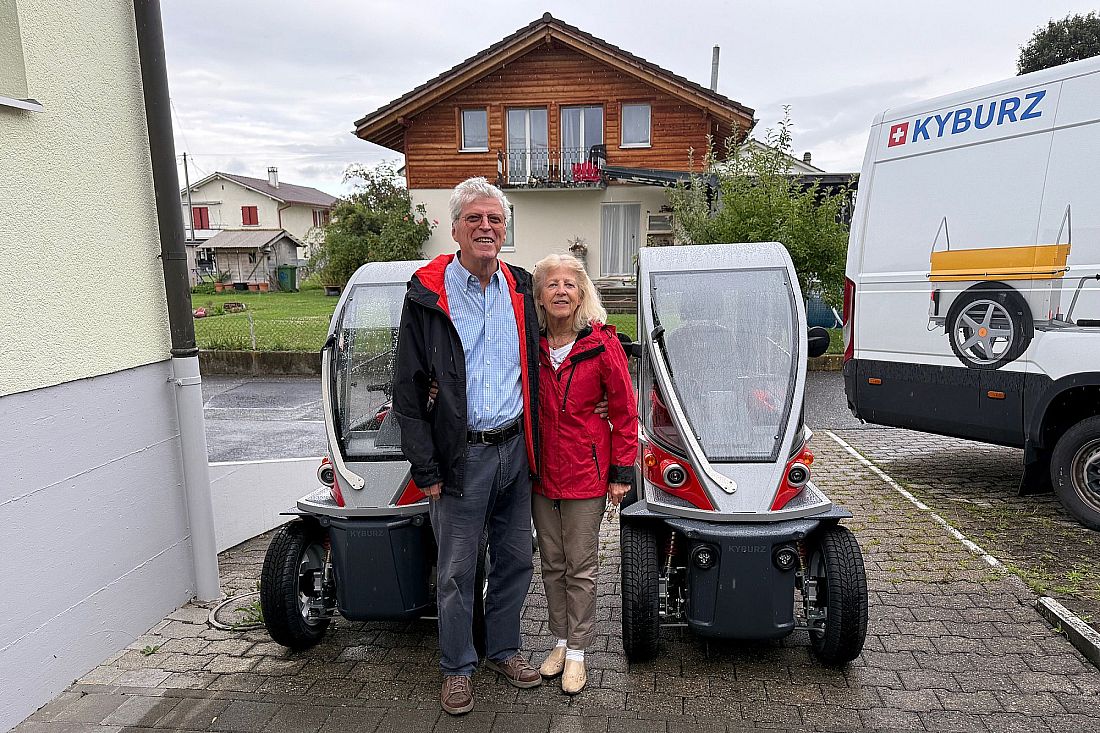
KYBURZ supports Formula Student
Twenty-one teams from across Europe competed successfully and without accident for points in the various disciplines of Formula Student. KYBURZ provided three vehicles, including trailers, for the organisation of the competition on the extensive grounds of the former airfield in Geschinen in the Upper Valais.
In Formula Student, student teams compete in a design competition covering various disciplines. KYBURZ supports the team from the Bern University of Applied Sciences in Biel: the Bern Racing Team. The BRT finished sixth overall and won the ‘Business Plan Presentation’ discipline.
KYBURZ congratulates the team and will continue to support Formula Student in the future.

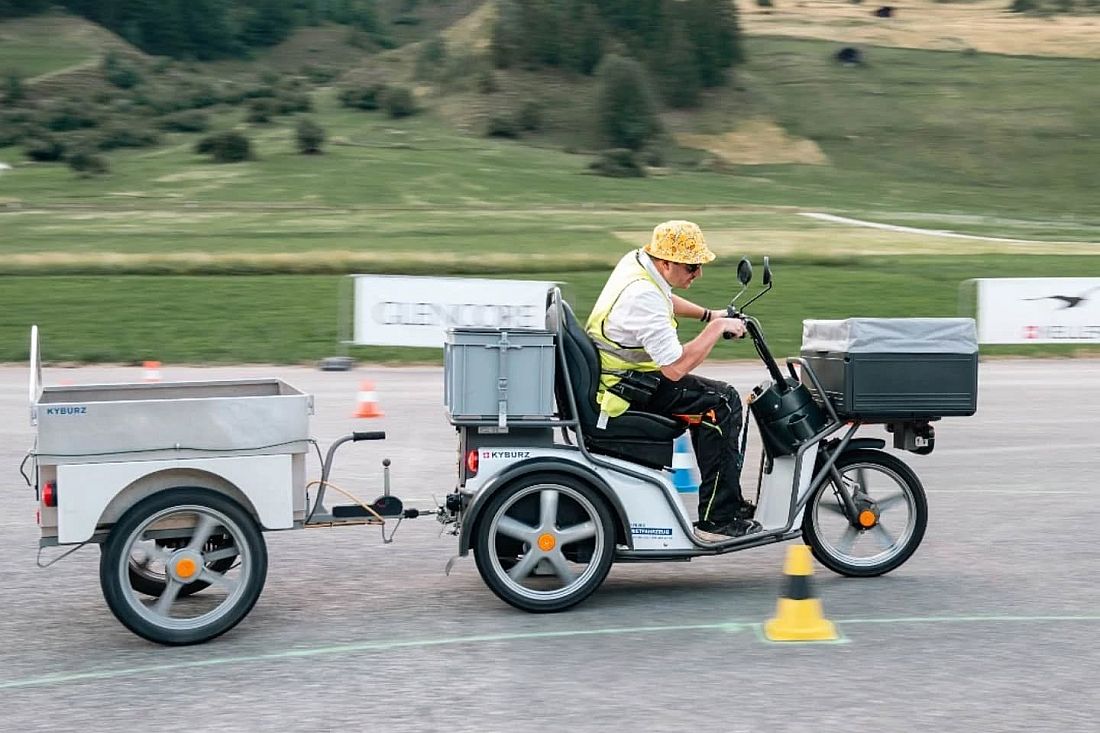
KYBURZ wishes Alexander Erdin all the best!
Alex Erdin, a valued member of the KYBURZ Research Team, is leaving us.
Alex impressed us with his combination of creative solutions and exceptionally clear, comprehensible documentation, which added lasting value to many projects.
His contributions ranged from prototype development to the optimisation of existing systems and had a measurable impact on KYBURZ's research work.
Alex Erdin is now continuing his academic career with a PhD at the University of Hamburg, where he will further deepen his expertise in research and development.
We thank him for his commitment and wish him every success in his future academic endeavours.

CE Challenge Team 4 – Los Roderos
The basic idea is that short distances are covered using only solar energy – without any electricity from the grid. This is a blessing, especially for older people: being able to drive just 2–3 kilometres to go shopping or play cards means a degree of freedom that they would otherwise not have.
I was delighted when I picked up the vehicle from KYBURZ on 9 May 2025. Everything was tested on site to see what worked and what didn't. Everything seemed a little worn, but was basically functional. Except for the front wheel, which suddenly went flat after the first ride home.
The implementation was great fun. As is always the case when you create something with your own hands, you love it a little bit more. Thank you to KYBURZ for giving me this opportunity.
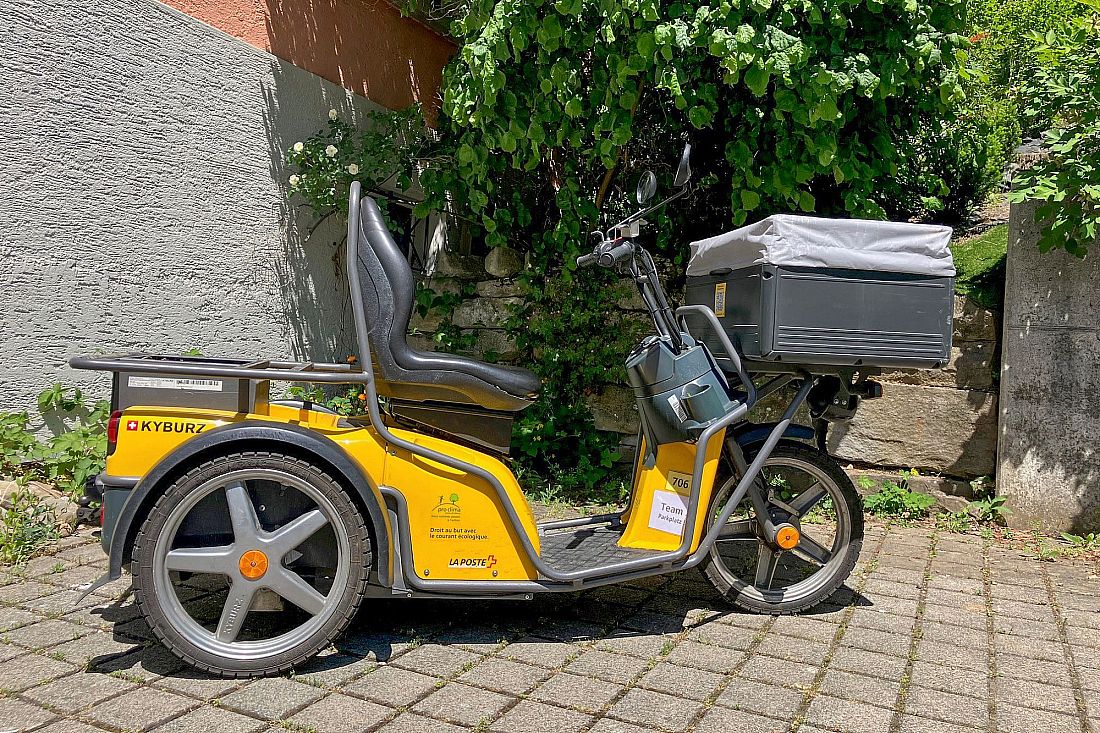
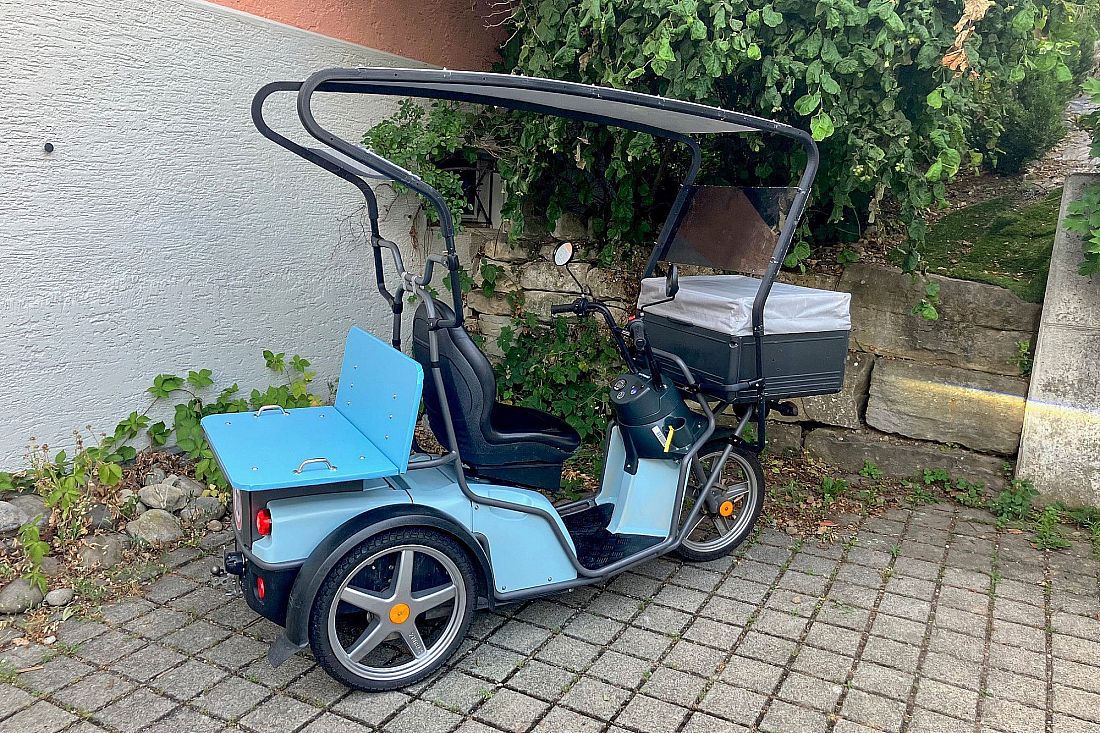
CE Challenge Team 5: Dreschflegel
In today's food system, several fossil calories are needed for every calorie produced. In addition, nutrients from the human cycle – i.e. our manure – no longer find their way back onto the fields. In order to at least partially close these wide-open cycles in food production, we see the use of small threshing and cleaning machines for cereals, oilseeds and legumes as a possible piece of the puzzle.
We have ordered two electric machines: a small stationary threshing machine and a cleaning machine. Unfortunately, delivery times are long, but we hope to receive the machines in early to mid-August. They will be mounted on the PAH trailers, and a solar roof at the DXP will help power them with solar energy – so that we can soon start threshing small fields in the surrounding area.
We are looking forward to getting started in August and hope to see successful tests soon.

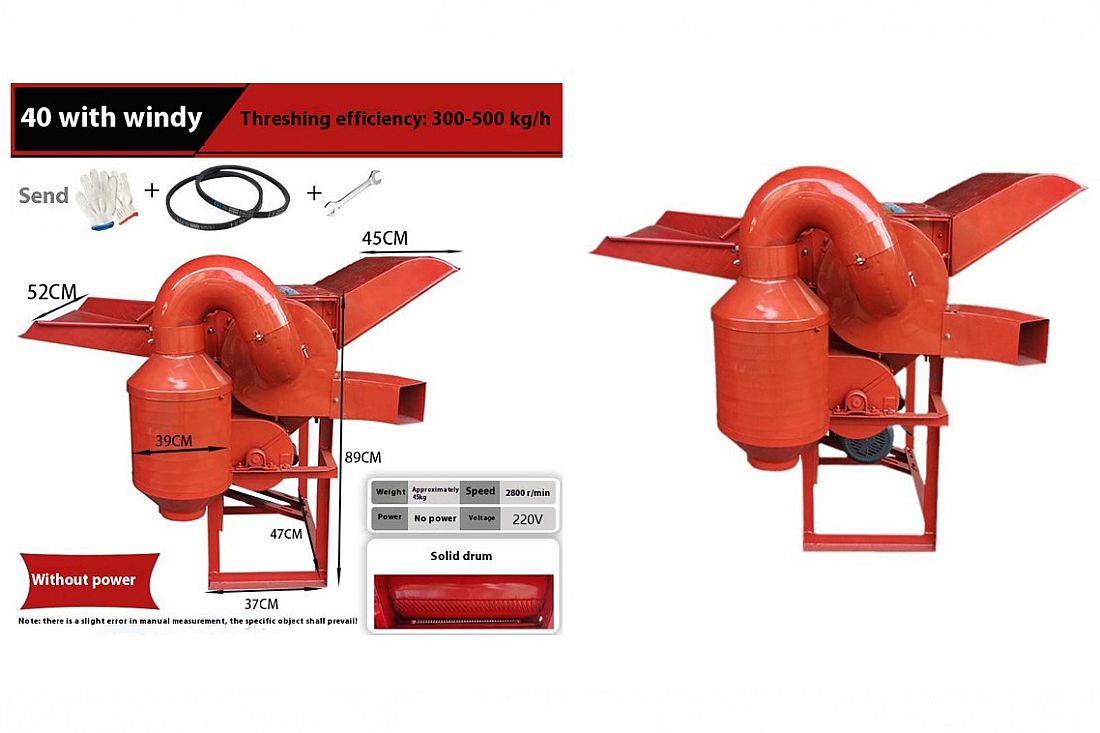
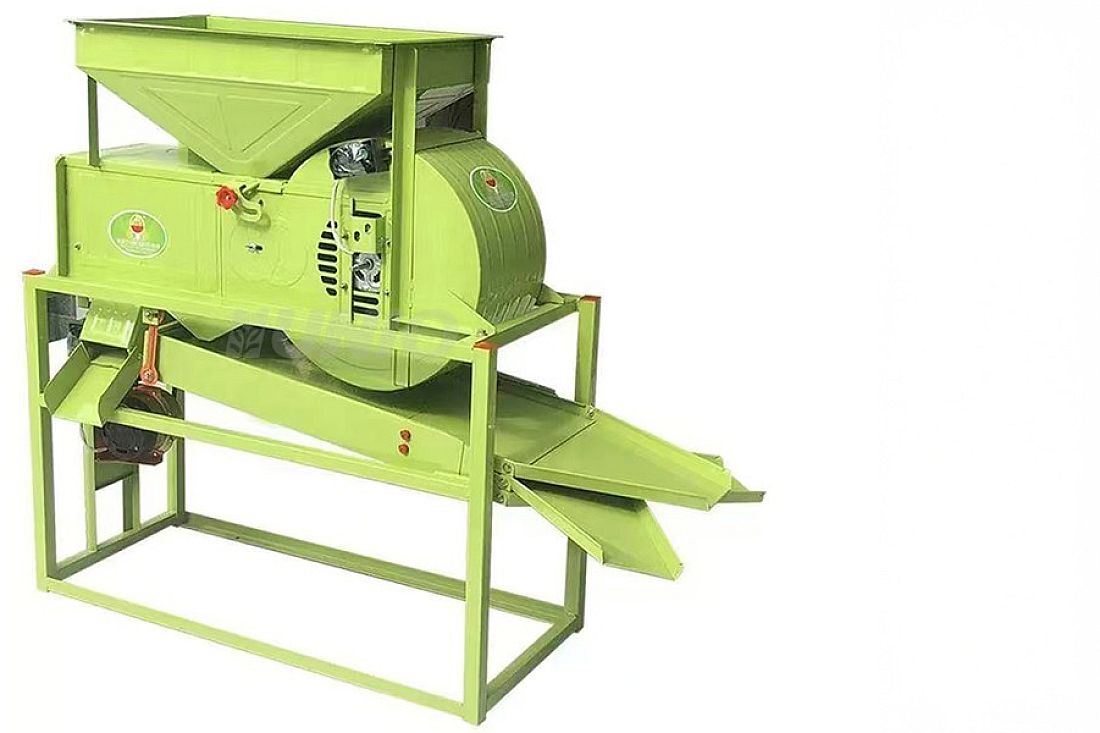
CE Challenge Team 6: menzi-el
Forty years after participating in the very first Tour de Sol, which started in 1985, I have come full circle (circular economy, anyone?): by converting a Kyburz DXP and integrating a solar panel, I can now finally bring solar mobility to Swiss roads officially.
In the programme for the 1985 Tour de Sol, I was listed as the driver of the so-called SOFAs (solar bikes). Today, four decades later, I am equipping my DXP conversion – the menzi-el eRikscha 2.0 – from my CE Challenge participation in 2022 with a solar panel.
The delivery of the panel is still delayed, but its planned length of 1.60 m is already marked on the existing roof with a double metre.

